Traditional research takes manual effort.
ChatGPT gives you:- Quick summaries of competitor offerings
- Fast comparisons between companies
- Key messaging breakdowns (e.g., taglines, CTAs)
- Insights from reviews, press releases, and FAQs
- Strategic questions to explore your advantage
ChatGPT helps you understand not just what competitors do — but
how they position and
communicate it.
1. An OpenAI account Free users can use GPT-3.5; GPT-4 offers deeper insight and reasoning.
2. Competitor Names or URLsEven just company names are enough. But URLs to websites, product pages, or press kits will give more context.
3. A Research Goal
Are you comparing features? Studying tone of voice? Trying to find gaps? Know your goal before prompting.
Prompt:
“Give me a quick overview of [Competitor Name] — what do they do and who do they serve?”
ChatGPT will provide a summary based on what it knows (and what you tell it).
You can add:
“Their website is [URL]” to make the answer more accurate.
Prompt:
“Compare [Your Company] with [Competitor] in terms of features, pricing, and positioning.”
“What makes [Competitor] different from [Another Competitor]?”
ChatGPT will generate a side-by-side breakdown. You can even ask it to present it as a table.
Prompt:
“Analyze the homepage of [Competitor URL]. What’s their tone, main CTA, and value proposition?”
“Summarize the key phrases they use to describe their product.”
This helps you understand how they frame their brand — and how yours can stand apart.
Prompt:
“List the strengths and weaknesses of [Competitor] from a customer’s point of view.”
“What might users like or dislike based on their feature list and messaging?”
You’ll get a clear look at what gaps you can exploit — or areas to differentiate.
Prompt:
“Summarize common customer complaints about [Competitor] from online reviews.”
“What are customers saying about [Competitor]’s product on G2 or Trustpilot?”
If you add quotes or snippets from reviews, ChatGPT can help synthesize the feedback into clear themes.
Prompt:
“Based on [Competitor]’s positioning and offerings, how can we stand out?”
“What should our product or landing page emphasize to compete with [Competitor]?”
You’ll get messaging ideas, content strategies, and value proposition angles.
Want to dig deeper? Try these:
Ask for SWOT Analysis
“Give me a SWOT analysis for [Competitor]”
Brand Voice Breakdown
“What kind of tone and personality does [Competitor] use in their marketing?”
Persona Match
“Who is [Competitor] targeting? What’s their ideal customer profile?”
Market Positioning Map
“Position [Competitor], [Your Brand], and [Another Brand] on a 2x2 matrix based on price vs feature depth”
You can use
ChatGPT for competitive research to:
- Prepare for a product launch
- Improve your website messaging
- Refine your positioning
- Train your sales and marketing teams
- Pitch to investors with market context
Prompt Used:
“Compare [User’s Product] with Notion, Trello, and ClickUp. What are the differences in features, tone, and target audience?”
Result:
ChatGPT created a detailed comparison table with pros and cons for each tool. It also helped the user identify a messaging gap they could fill on their homepage.
Impact:
The user rewrote their homepage headline and value proposition based on the insights. Conversions increased by 22% over the next month.
You don’t need spreadsheets, dozens of tabs, or hours of research to understand your competitors.
With the right prompts, ChatGPT becomes your competitive research assistant — fast, clear, and always available.

